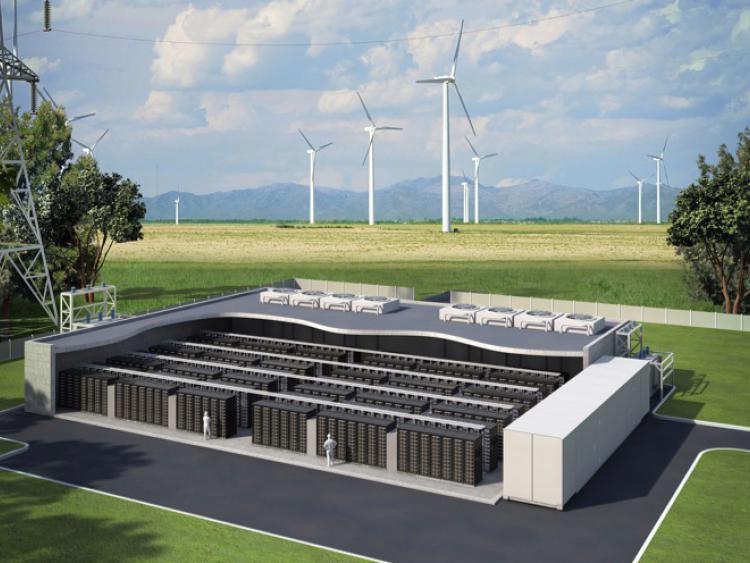Australia is set for an energy storage explosion thanks to the plummeting costs of energy storage technologies like battery storage and solar thermal.
According to a report dubbed Fully Charged: Renewables and storage powering Australia, the Climate Council provides the scope of advances in the energy storage space and emphasises that the cost of installing solar and batteries has never been lower for the average Australian household, and further reductions in cost are expected over the next couple of years.
On a large scale, a combination of these solutions—with each one designed for a specific function, will be crucial in enhancing the flexibly, affordability and reliability of the country’s national energy grid as we continue relying more and more on renewable energy generation.
There are five key facts about solar and storage that you should know:
1. Reducing costs will improve access to what was commonly referred to as ‘tomorrow’s technologies’.
Lithium-ion storage batteries including the wind-powered Tesla-Neoen massive battery in SA have slashed their initial cost by 80 percent since the year 2010, with the current costs expected to halve by 2025. On the other hand, renewable-powered pumped hydro is now the most affordable form of large-scale energy storage on the market.
2. Aussies are jumping on board.
The uptake of home battery in Australia is growing. There were 20,000 systems installed in 2017, more than triple the 6,750 installed in 2016. Interestingly, January 2018 recorded the highest month ever for household solar PV installations.
Again, this is backed by the majority of Australians, with 74 percent of respondents participating in a recent Climate Council poll stating that they believe household batteries will be commonplace by 2028.
3. Thousands of new jobs created annually by energy storage
In the US alone, 90,000 people are directly employed by the energy storage industry. Investing in energy storage could add thousands of new jobs to the current 28,000 if Australia commits to achieving 50% of renewable energy by 2030.
4. A powerful weapon to help tackle climate change.
Australia’s electricity sector is a major polluter, largely because of the country’s high reliance on coal-fired power. To effectively deal with climate change, the country needs to set and achieve a 50% renewable energy target by 2030, and zero emission before 2050.
5. A diverse combination of energy solutions requires a resilient network.
Australia’s hoary fossil-fuelled power plants have become increasingly susceptible to severe weather events, and again about half of the country’s coal fleet will be over 40 years old by 2030. So having a range of storage technologies would greatly enhance the resilience and flexibility of our energy system.
The Climate Council says that the proposed National Energy Guarantee (NEG) alone is incapable of cutting down Australia’s greenhouse gas emissions and improve energy reliability, according to the discussion paper recently released by the government.
“Renewable and storage technologies, in their many forms, are efficient, reliable, flexible, and increasingly cost effective. What we need are credible Federal Government policies that support their uptake,” the Climate Council writes.



